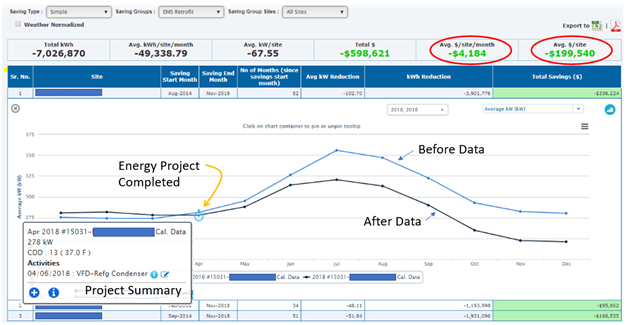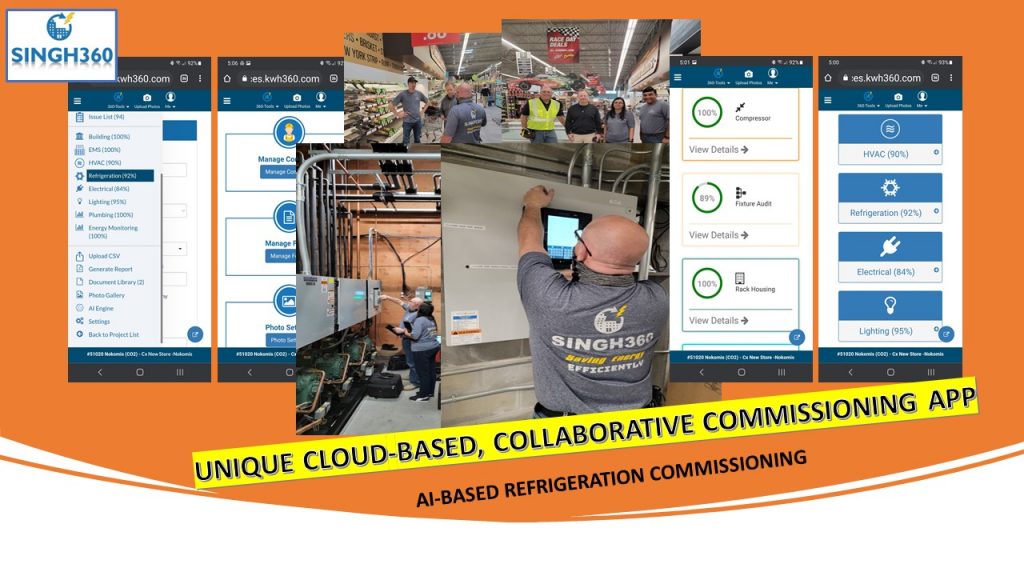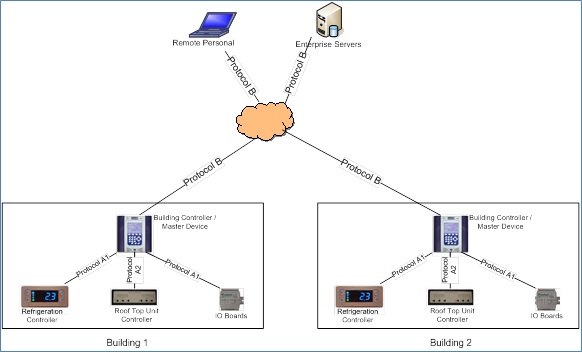COVID-19: What Questions are You Asking as a Grocery Store Facility Manager?

Work from home. Shelter in place. Reduce public activities. Practice social distancing. Be vigilant. These will forever be the 2020 buzzwords for the COVID-19 pandemic. How is your grocery store supposed to operate in the middle of a pandemic? As Facility Managers or someone responsible for store operations, you’re very likely under intense pressure to …
Continue reading “COVID-19: What Questions are You Asking as a Grocery Store Facility Manager?”





